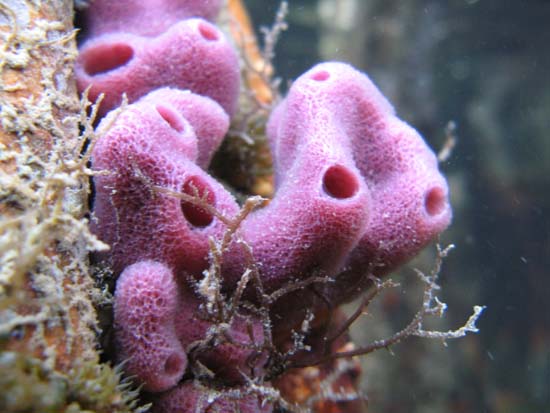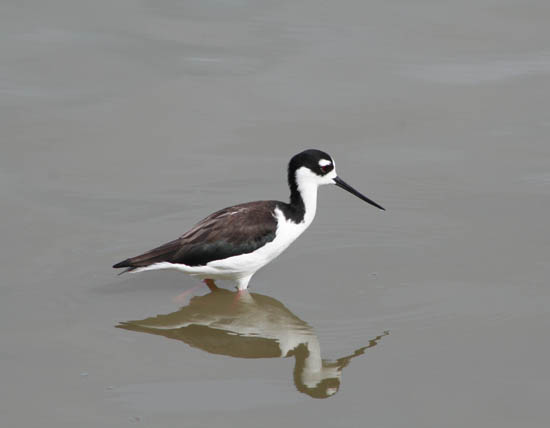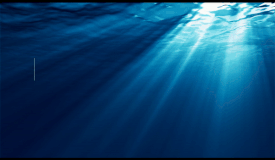 Philipsburg:--- Today Monday February 2nd ,"World Wetlands day", marks 38 years since the adoption of the Ramsar Convention/Convention on Wetlands in the Iranian City of Ramsar in 1971. "The Convention's mission is the conservation and wise use of all wetlands through local, regional and national actions and international cooperation, as a contribution towards achieving sustainable development throughout the world". (Ramsar COP8, 2002). Presently there are over 150 signatories to the convention with over 1800 wetland sites designated for inclusion in the Ramsar List of Wetlands of International Significance.
Philipsburg:--- Today Monday February 2nd ,"World Wetlands day", marks 38 years since the adoption of the Ramsar Convention/Convention on Wetlands in the Iranian City of Ramsar in 1971. "The Convention's mission is the conservation and wise use of all wetlands through local, regional and national actions and international cooperation, as a contribution towards achieving sustainable development throughout the world". (Ramsar COP8, 2002). Presently there are over 150 signatories to the convention with over 1800 wetland sites designated for inclusion in the Ramsar List of Wetlands of International Significance.World Wetlands Day has been commemorated annually since 1997. Hundreds of Non-Governmental Organizations and other community based groups around the world make use of this second day of February to take action aimed at raising government and public awareness of the importance of protecting wetlands.
Sint Maarten is party to the Ramsar Convention as part of the Netherlands Antilles and the Kingdom of the Netherlands. The Netherlands Antilles has so far designated five so called "Ramsar sites" all on the island of Bonaire (Salina Slagbaai, Goto, Pekelmeer, Lac and Klein Bonaire). The Convention however allows and encourages parties to add more wetlands to already designated Ramsar sites.
Ecological and environmental significance of wetlands
Sint Maarten's wetlands (ponds and lagoons) all serve important ecological and environmental purposes. The island's wetlands support large mangroves communities which serve as nurseries for shrimp, lobster, conch and many species of juvenile reef and deep sea fish. Mangroves are also important feeding, breeding and nesting areas for many species of migratory and resident birds. At least 65 species of migratory birds have been recorded at Sint Maarten's wetlands.
Ponds and lagoons furthermore serve as a natural cache for much of the run-off water from surrounding hills. Removing or even partially filling ponds or lagoons, such as has been done on St. Maarten, will have drastic consequences for the surrounding districts as excess run-off water will lead to the flooding of the areas adjacent to partially or completely filled ponds or lagoons. Additional consequences will most likely include discoloration and washing away of the sand on nearby beaches and an influx of sedimentation into the sea that can be extremely harmful for coral reefs nearby. The flooding of the Zagersgut, Cul de Sac, Sucker Garden and Philipsburg areas during heavy rains are a clear example of the aforementioned effects of filling in ponds and natural gutters.
Cultural Heritage/ Historical significance.
Besides their ecological and environmental functions Sint Maarten's wetlands also have cultural and historical significance. The Great Salt Pond, for instance, played a prominent role in Sint Maarten's history due to its immense size and its central location, particularly in the wide scale Salt mining industry which started with the Dutch around 1631. Salt was collected from the Great Salt Pond and subsequently exported or locally used to conserve food. The last commercially significant salt reaping occurred in the 1940's. Many Sint Maarteners are descendants of people who worked in the Great Salt Pond during and after slavery, a fact which makes the Great Salt Pond an important aspect of the island's heritage.
The Welgelegen or Little Bay Pond and the Red Pond in Gibbs Bay, played an essential role in Sint Maarten's History as well, particularly in the survival of our ancestors, as these ponds were used for farming shrimp, fish, crabs and ducks both during and after slavery.
Ponds recommended for protection.
 Sint Maarten's ponds have been recommended for protection in reports such as The Ponds of Sint-Maarten, (Ecovision, 1996) and many other studies which concluded that the ponds are of ecological and environmental importance. Some of the island's remaining ponds, especially Mullet Pond, may therefore have a good chance of meeting the criteria of being wetlands of (inter)national significance and could potentially be designated as Ramsar sites.
Sint Maarten's ponds have been recommended for protection in reports such as The Ponds of Sint-Maarten, (Ecovision, 1996) and many other studies which concluded that the ponds are of ecological and environmental importance. Some of the island's remaining ponds, especially Mullet Pond, may therefore have a good chance of meeting the criteria of being wetlands of (inter)national significance and could potentially be designated as Ramsar sites.
The Destruction of Sint Maarten's Wetlands.
Despite Sint Maarten's Conservation and Heritage Foundation's numerous appeals against the destruction of the island's natural ecosystems, the systematic filling in and destruction of ponds and the Simpson Bay Lagoon unfortunately seems to have become the norm rather than an exception.
In 1950 Dutch Sint Maarten boasted at least 19 ponds (all documented in maps available at the Cadastre's office); by 1995 this had been reduced to 10 ponds and today 14 years later less than 5 remain intact. A list of ponds that have been destroyed in the past decade alone includes the Flamingo Pond (completely destroyed in 1998), two of the small ponds at Cupecoy (completely destroyed in February 2005), the pond at Guana Bay (completely destroyed in March 2005) and Dawn Beach pond (completely destroyed in May 2005).
Environmental Protection In the Caribbean reiterates its calls for government to develop, implement and enforce Wetland Protection legislation and zoning plans to protect Sint Maarten's few remaining wetlands, coastal zones and other ecologically valuable areas.













